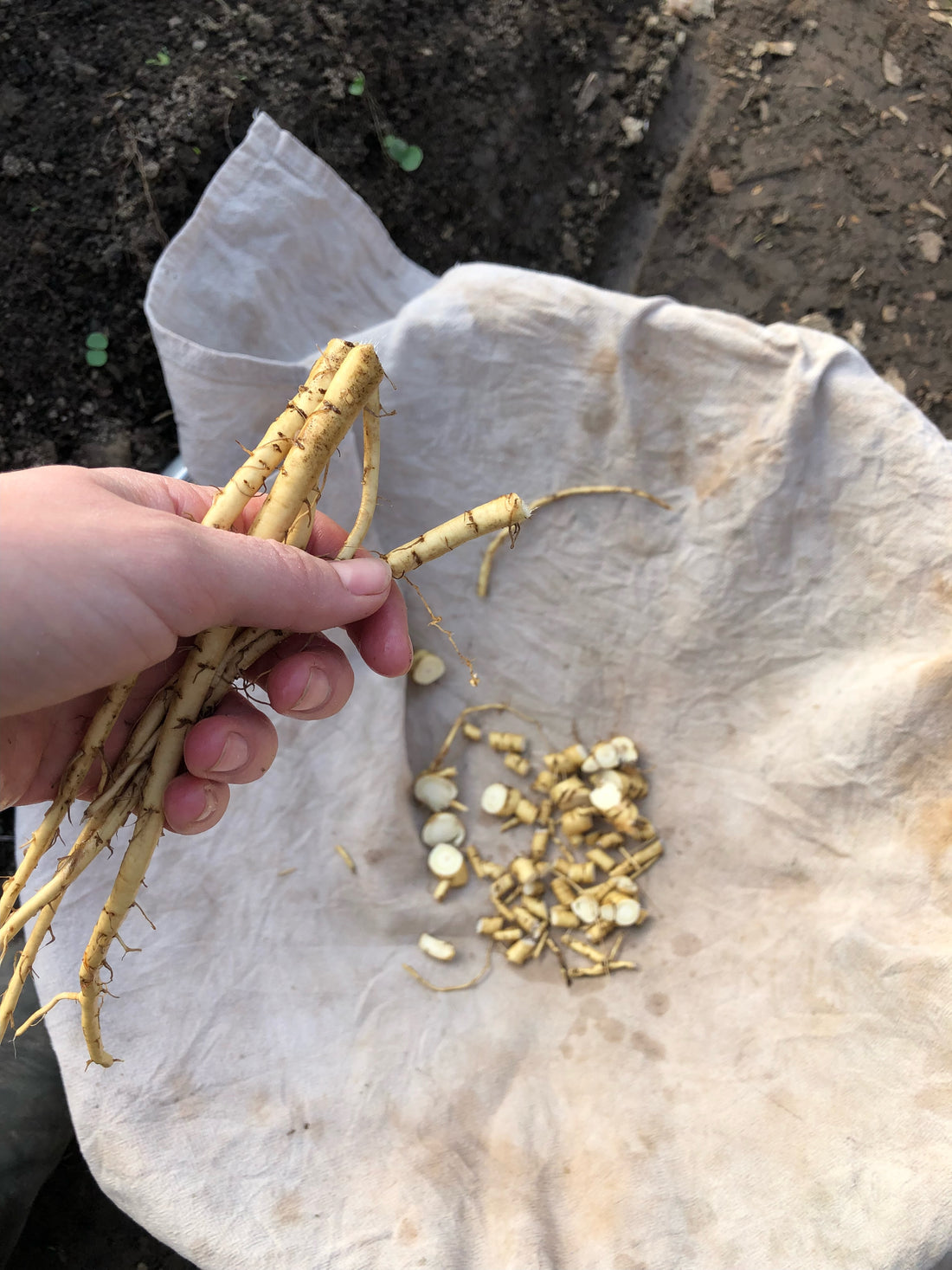
Highlighting a key herb in The Healer Balm
Althaea officinailis, Malvaceae
The latin name of Marshmallow tells us a little about the plant’s history. The genus name “Althaea” derives from Greek for “heal all,” while the species name “officinalis” indicated that this particular species of Marshmallow was the official herb used in the European apothecary. Marshmallow belongs to the botanical family Malvaceae, which contains many medicinal plants with a common trait of being soothing to irritated tissues such as hibiscus and linden.
The perfect remedy for dry, irritated mucous membranes, either internally or externally. Many herbalists use the leaves & flowers and roots interchangeably, understanding the root will have a more potent action (with up to 35% mucilage!). Both are demulcent, emollient, and diuretic. However the leaf & flower and roots do have slightly different specific indications. The root is indicated in cases of digestive mucosal irritation and is especially vulnerary when applied to the skin, whereas the leaf and flower are indicated for an irritated respiratory tract when a soothing expectorant is needed.
Native to the salt marshes of Europe and naturalized in wetlands across North America. When many of the plants on the herb farm were suffering from the endless rainfall of spring 2018, Marshmallow was thriving. Just like the environment it prefers, Marshmallow is a moistening herb.
Harvest aerial parts (leaves & flowers) on a sunny, dry day when the plant is in peak flower (summer - autumn). Harvest the roots in autumn after the aerial parts die back or in spring before they shoot back up. Marshmallow is a perennial plant, we usually harvest the roots in the second or third year of growth.


